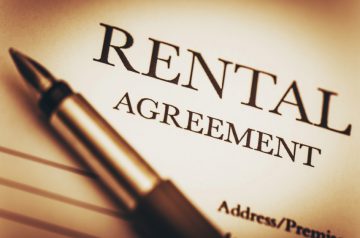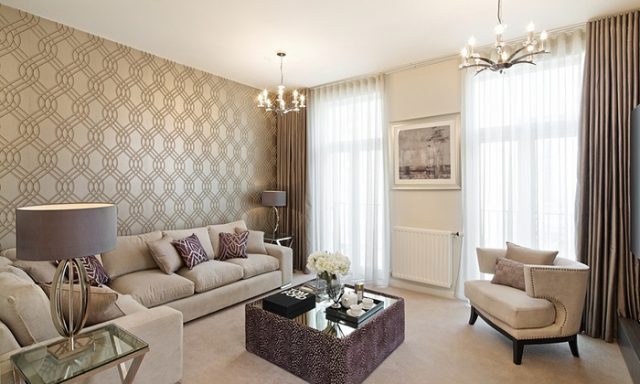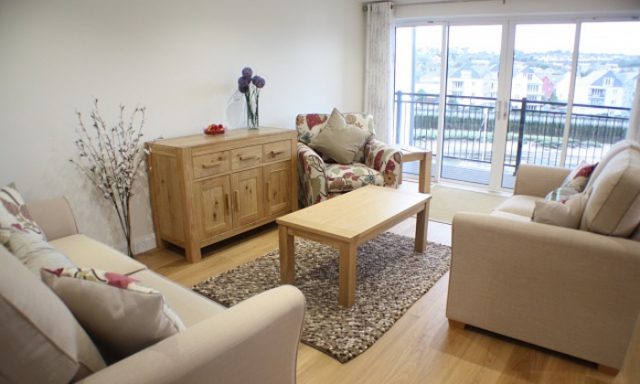Property expert calls on landlords to visit brokers
A well-known property expert has called on landlords to visit mortgage brokers at least twice a year, to ensure that they are optimising their buy-to-let investment potential.
Addressing an audience at a seminar entitled,’ What is the future for buy-to-let?’ at this year’s Financial Service Expo in London, Kate Faulkner talked about how many landlords could solve their tax relief issues, through simple consultation with a mortgage broker.
Proactive
Faulkner went on to urge brokers to be more proactive in making sure that landlords are receiving the correct advice. Looking at the future of the buy-to-let market, she also called for greater understanding between both landlords and the intermediary market, for them to tackle market conditions and be able to cope with differing letting laws and regulations.
In her address, Faulkner said, ‘it is becoming more difficult for landlords to make money. It’s certainly harder to get deals in the current market. I’ve never seen stock levels so low. Letting and estate agents are having a seriously tough time trying to get stock, it’s just not there.’[1]
‘Looking forward I think eventually, which I’m happy about, there will be more concentration on capital growth and getting back to the real reason buy-to-let delivers which is long-term capital growth. Although this will inevitably be restricted within certain areas where growth remains low,’ she added.[1]
Encouragement
Moving on, Faulkner said what she would like to, ‘encourage all landlords to do now-because they have to build that capital growth in from the start-is to acquire properties they can bring back to life or just build.’ She also said that landlords should, ‘use cash where possible and then mortgage the property accordingly,’ before stating, ‘I personally believe that nobody should be allowed to invest in a BTL property until they have seen an adviser.’[1]
Solicitor firms and the lack of specialist buy-to-let conveyancing solutions they offer bore the brunt of Faulkner’s angst, as she believes they have a major negative impact on landlords.
‘We do lots of seminars up and down the country and we believe that 95% of landlords hold property in an incorrect legal way. We have to work together as an industry to ensure that landlords are properly represented and not a good enough job is currently being done on their behalf. It is outrageous that the same conveyancing is being done for a buy-to-let investor as for a first-time buyer,’ Faulkner stated.[1]
[1] http://www.propertyreporter.co.uk/landlords/95-of-landlords-hold-property-in-an-incorrect-legal-way-says-expert.html















